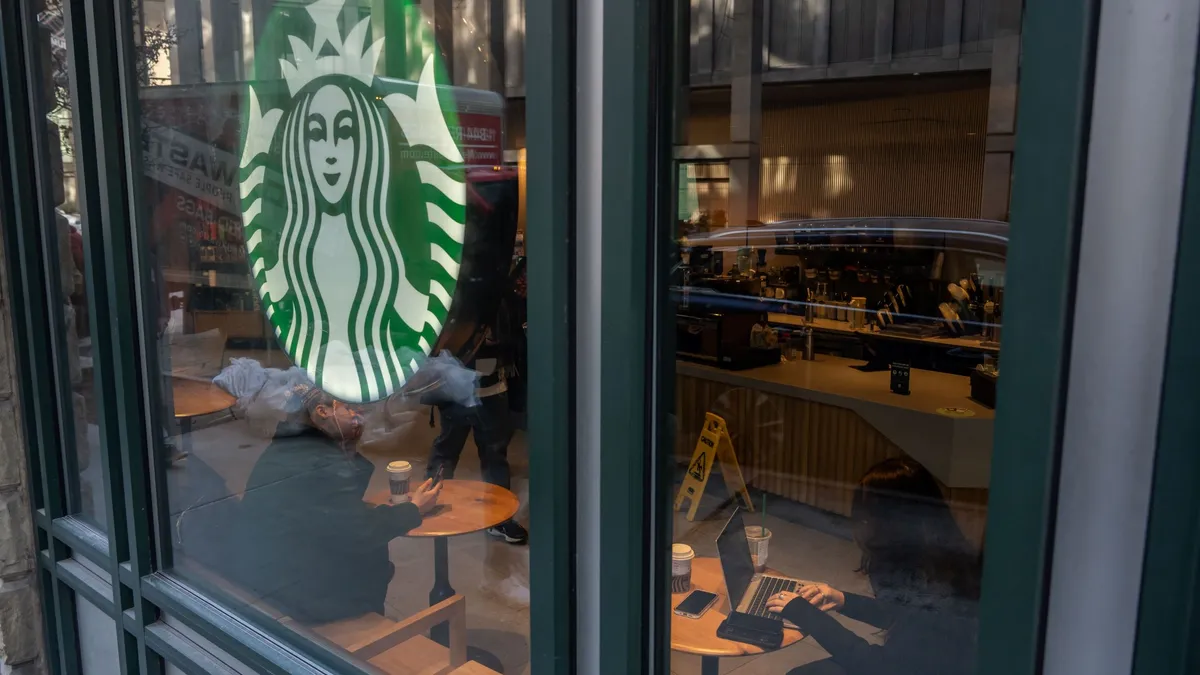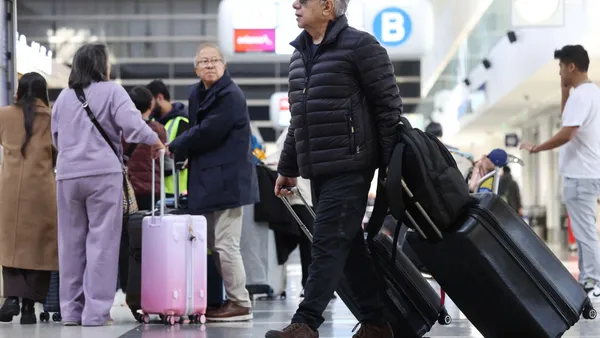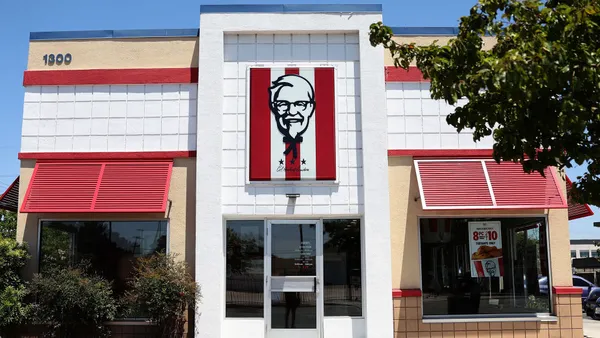Dive Brief:
- There’s a disconnect between consumers’ desires for their travel loyalty programs and businesses’ perceptions of those demands, according to an arrivia report released last week. The travel technology company surveyed 2,200 U.S. consumers and 100 decision-makers from companies with loyalty programs that feature travel rewards across the United States.
- Nearly half of consumers — 44% — believe that prices on the loyalty platforms they use are too high. Yet, only 1 in 5 loyalty program providers say demonstrating the value of rewards is their biggest challenge.
- “Consumers crave greater value and flexibility in their travel options, seeking a range of choices that align with their preferences and budgets,” Travis Markel, chief experience officer at arrivia, told CX Dive in an email. “Loyalty programs must strike a better balance between communicating their value proposition vs. their propensity to simply market deals.”
Dive Insight:
Loyalty members still want to travel despite the growing expense. They just are more motivated by price and value in making their travel plans.
Consumers ranked price or value as the No. 1 consideration for planning a trip. Nearly three-quarters acknowledged that rising costs were an issue, but less than a quarter thought loyalty programs softened the hit to their pocketbooks.
Other customers expressed dissatisfaction with their travel loyalty programs. Nearly one-quarter said they were frustrated because they are unsure if they are getting the best value possible when booking through their loyalty program.
Businesses are also out of touch with what irks loyalty members. One in 5 brands said they thought poor website user experience irked customers the most. But consumers’ chief complaint was that rewards did not seem valuable enough. Consumers also listed the difficulty or complexity of earning and redeeming miles as a top complaint.
This is in line with a recent survey from Deloitte, which found that consumers primarily seek simple financial benefits when considering loyalty membership.
Such findings make it clear that businesses need to adjust their loyalty strategies.
Loyalty program providers need to better communicate their value and to make travel rewards easier to redeem, according to Markel.
“It’s also important they expand the variety of travel rewards offered and streamline the redemption process, which is a key complaint amongst consumers, as well as build more flexibility into their programs through customizable options,” he said.
He suggests providers offer a flexible loyalty currency — a point-based system that can be used to redeem across a wide variety of products, services and providers — to cater to diverse consumer needs.
Businesses should also pursue ways to bring down booking prices on their sites.
“Reducing travel costs on platforms through negotiation and operational efficiency can further enhance the attractiveness of loyalty programs, ultimately fostering stronger relationships and increasing customer retention,” he said.













